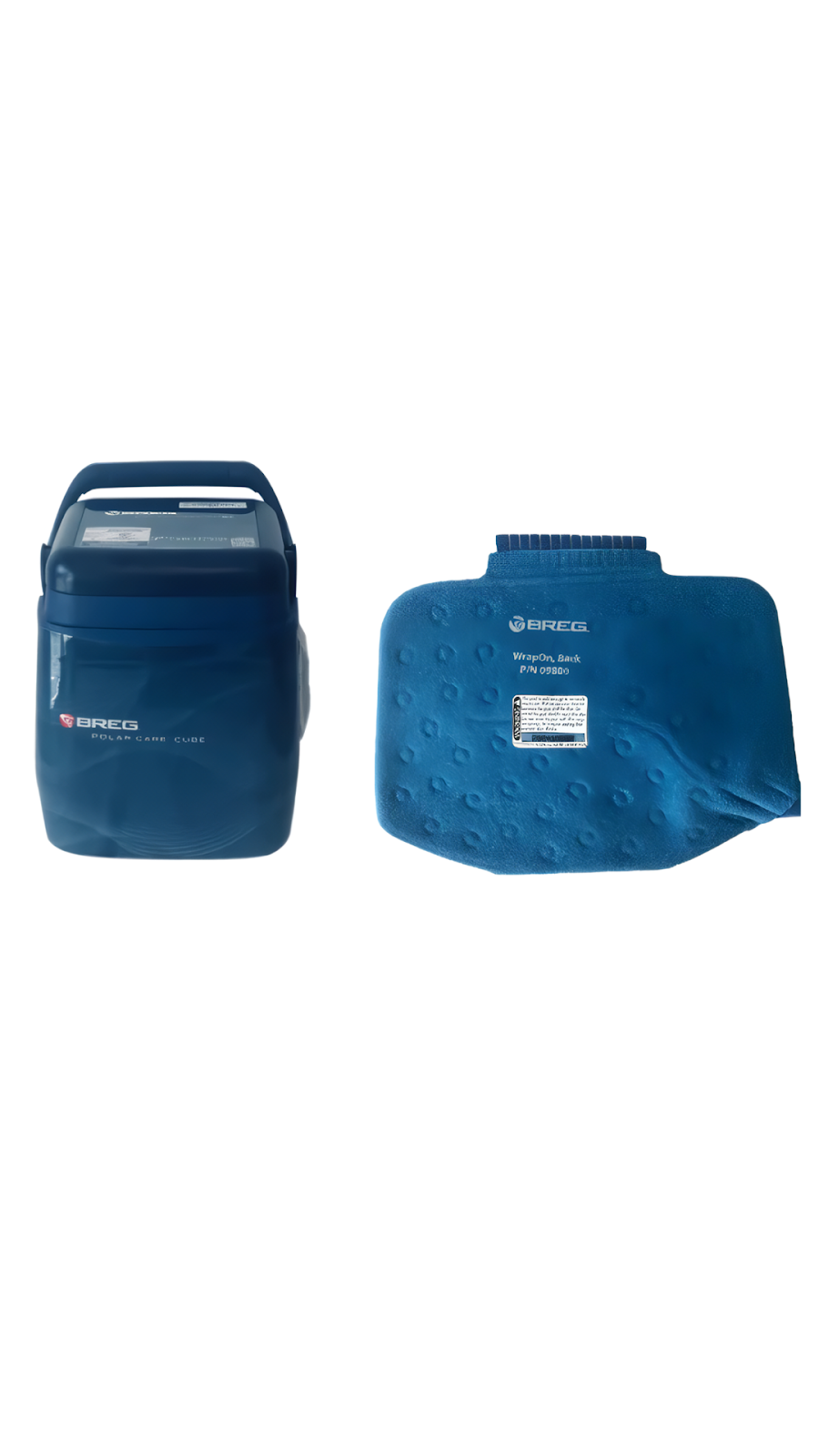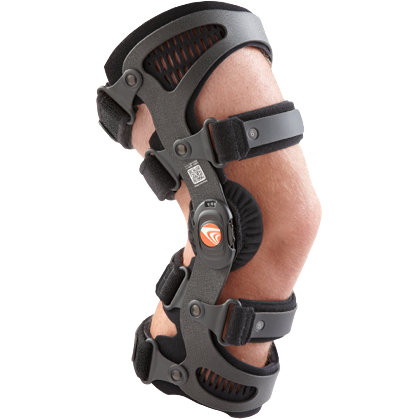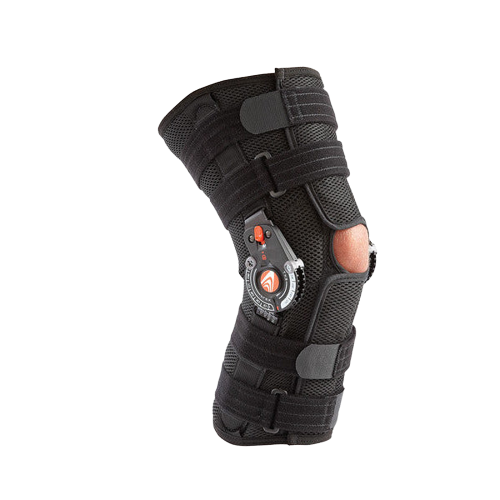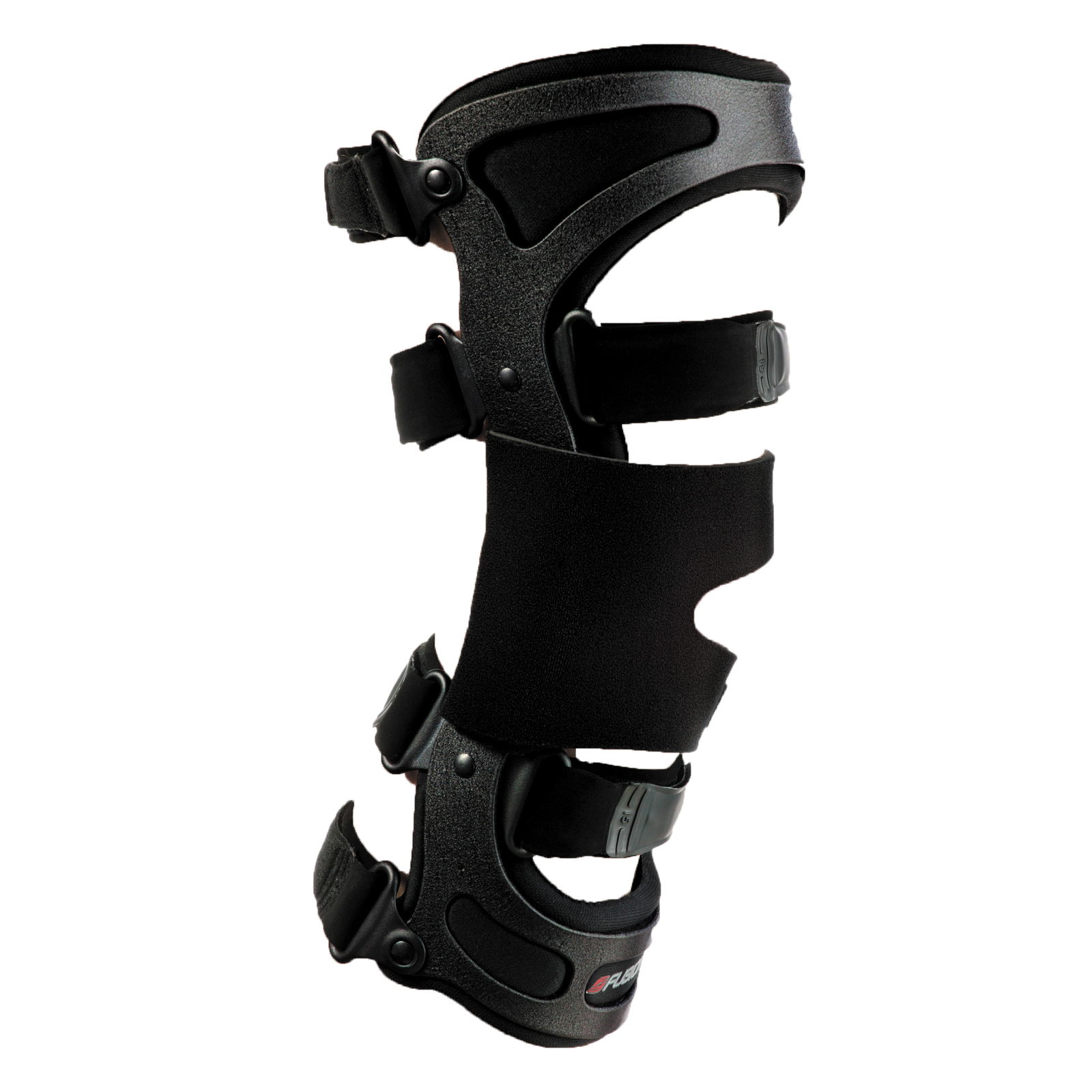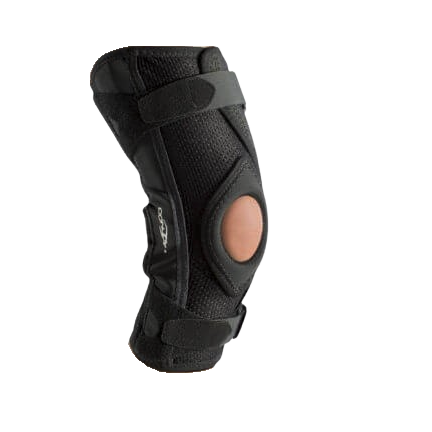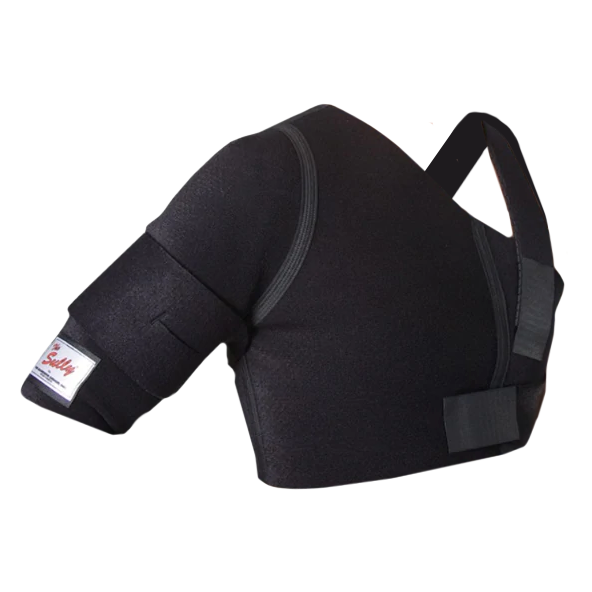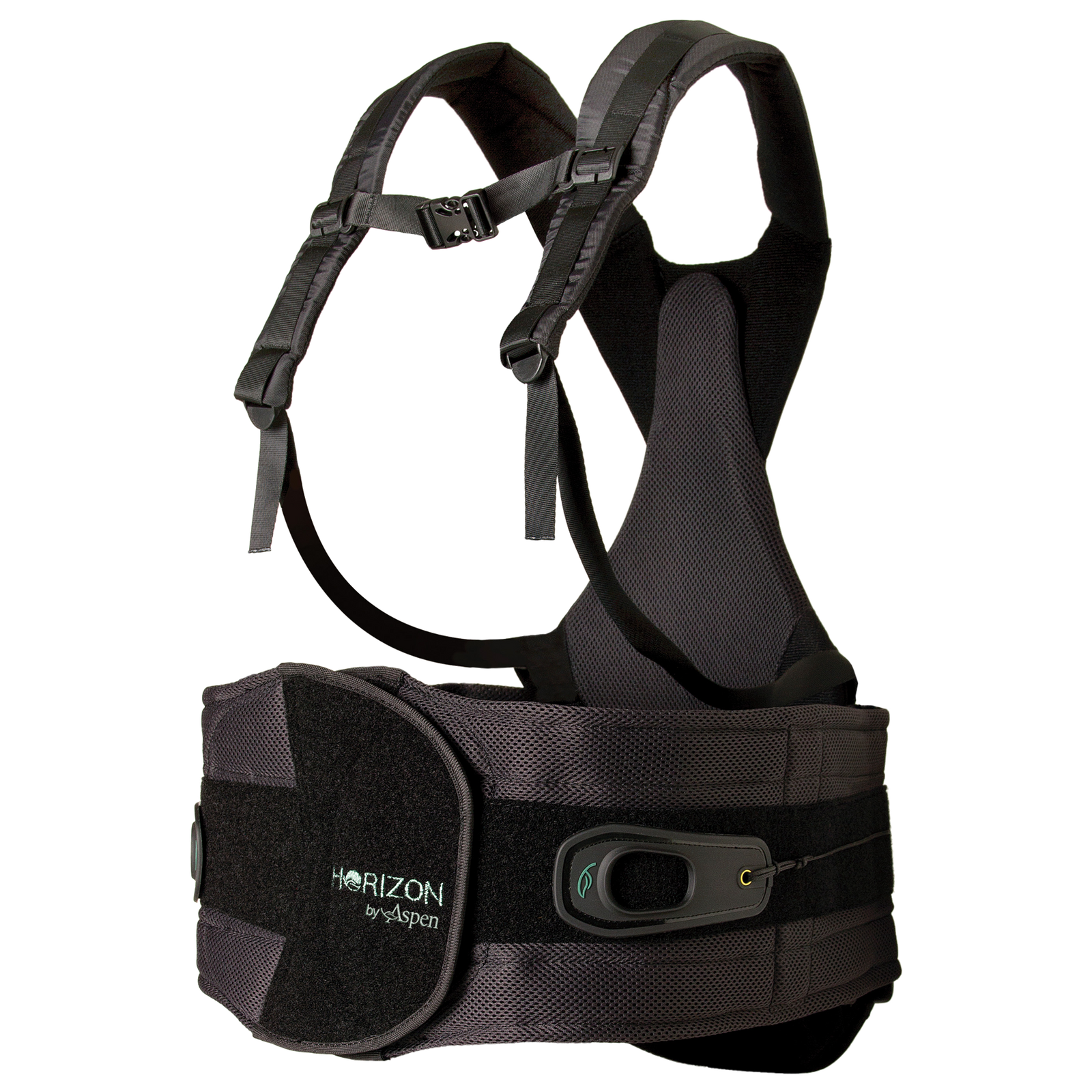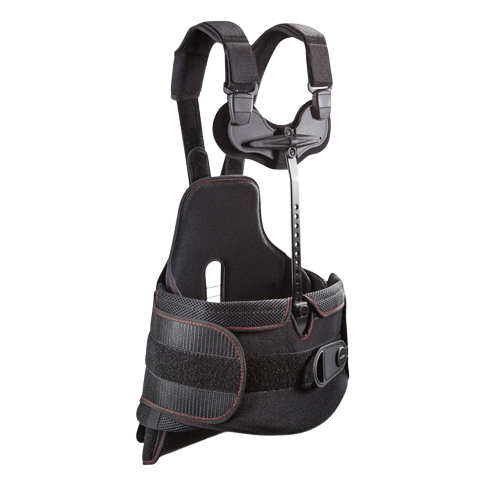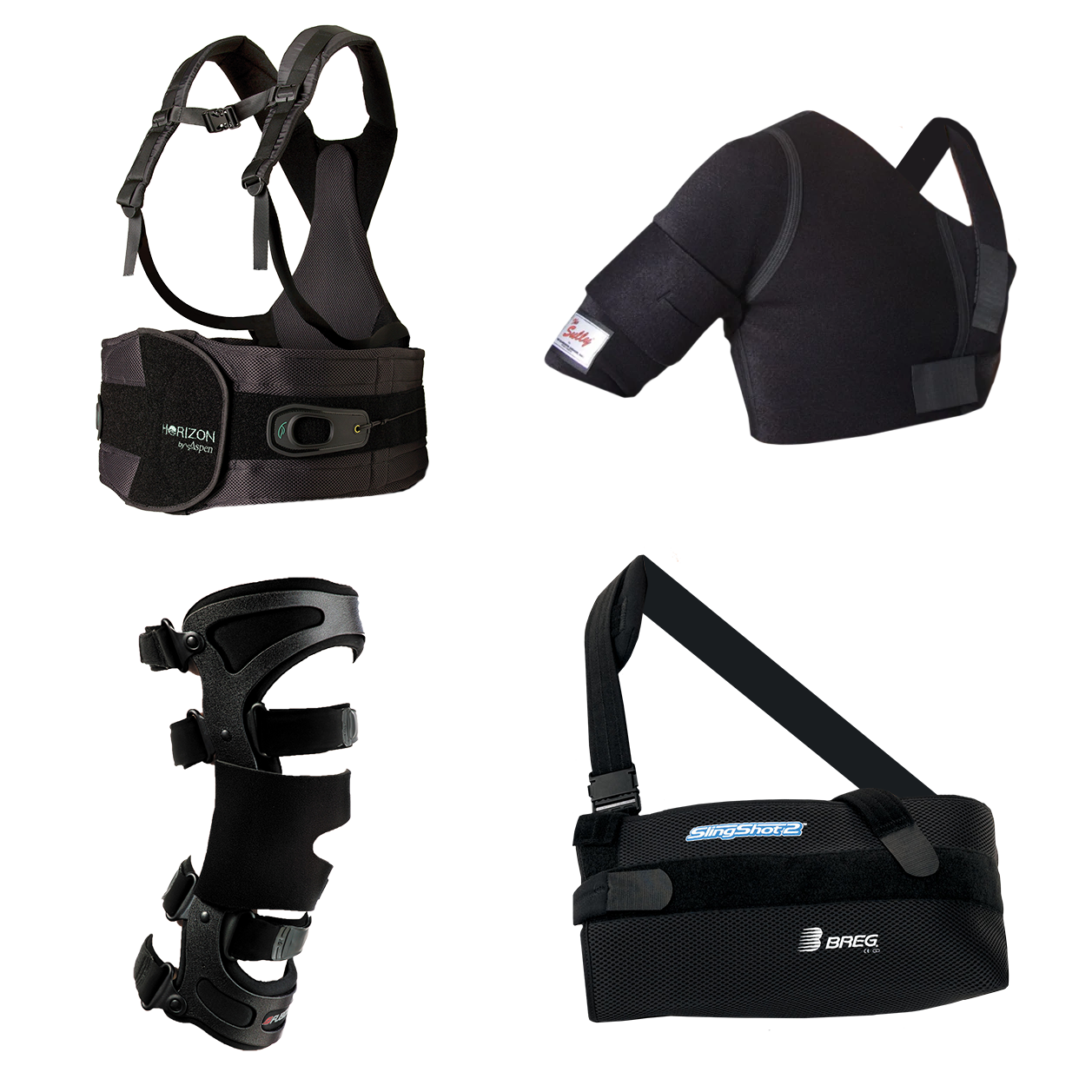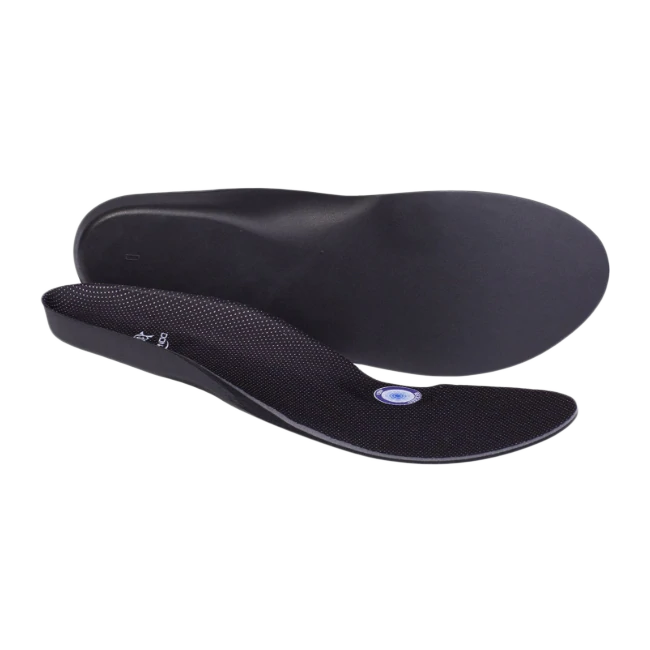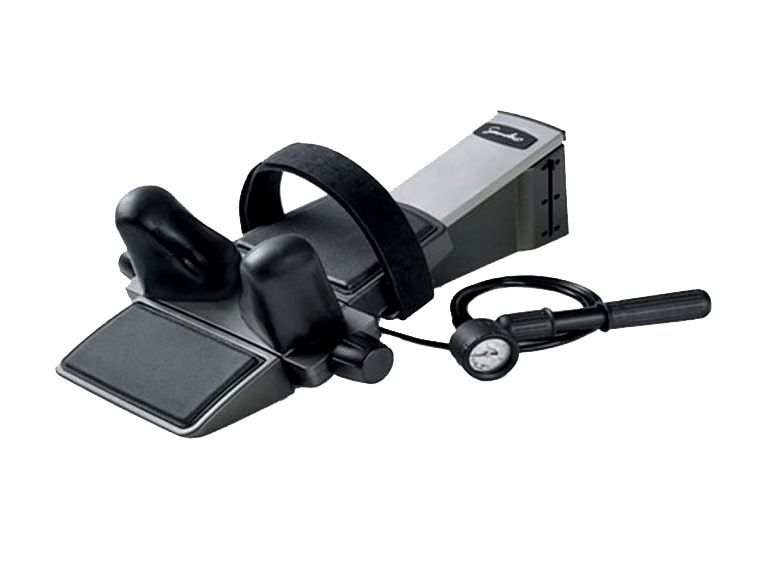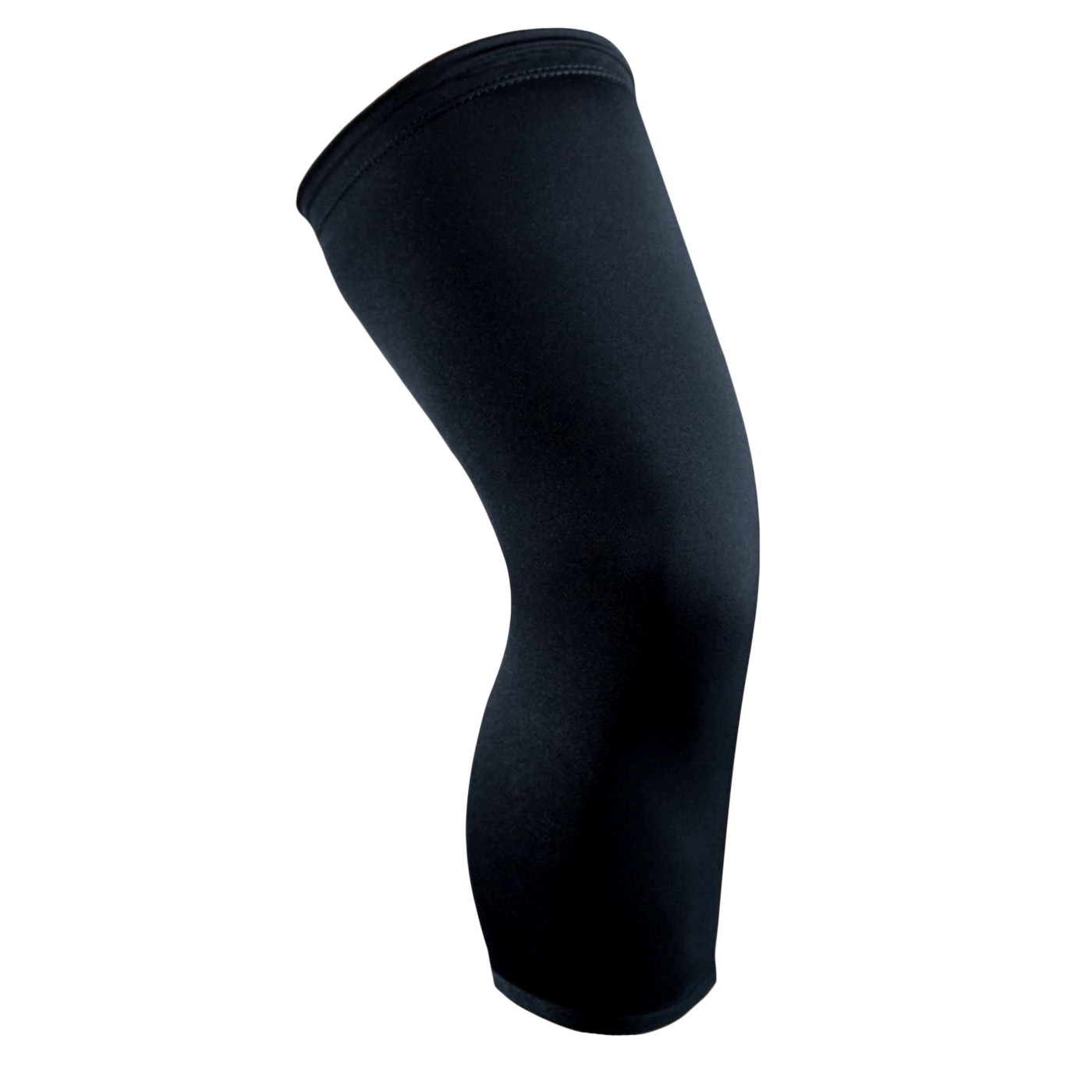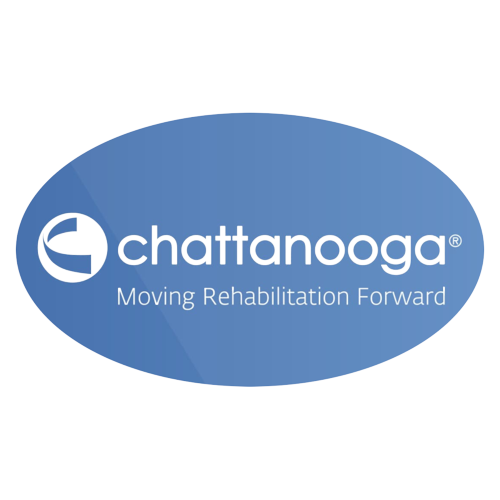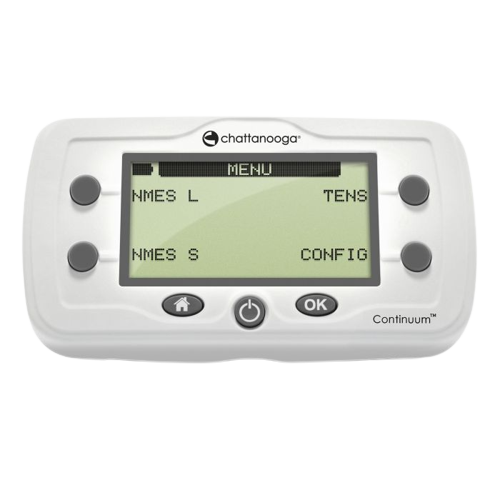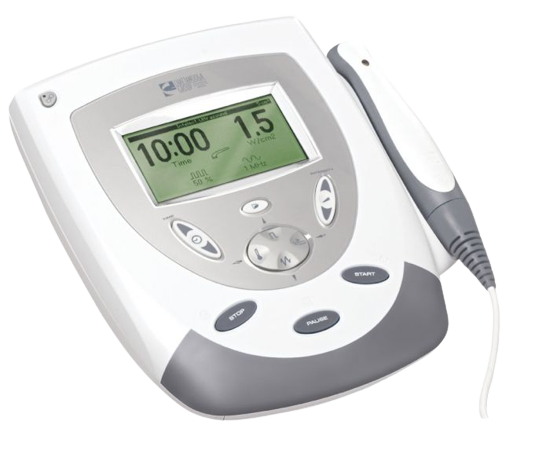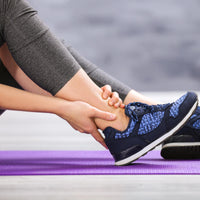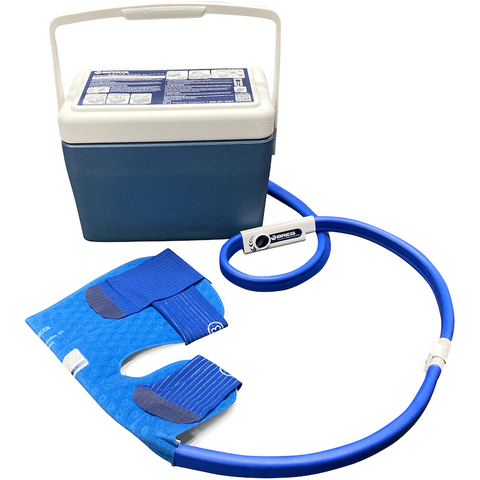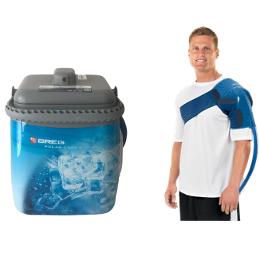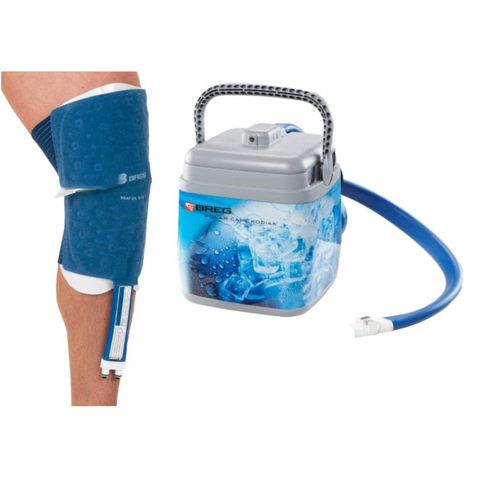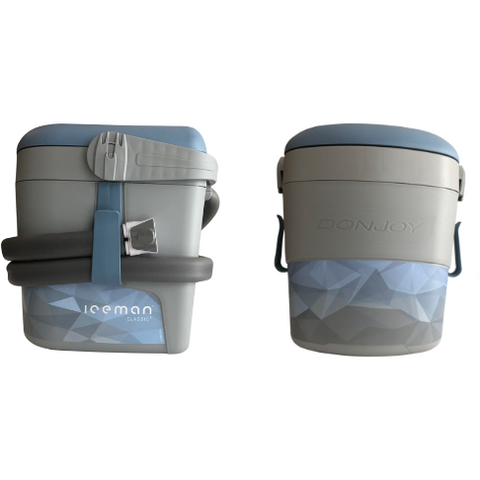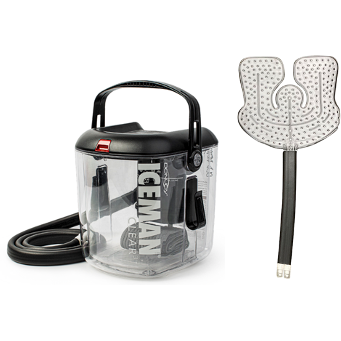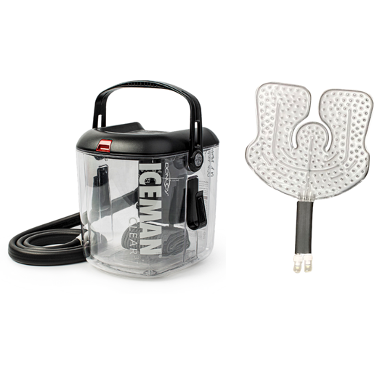 Cold therapy, also known as cryotherapy, has become very popular in recent years. Cold therapy has shown a lot of health benefits, including reducing pain and inflammation, speeding up recovery from surgery or injuries, and improving overall health and well-being.
Cold therapy, also known as cryotherapy, has become very popular in recent years. Cold therapy has shown a lot of health benefits, including reducing pain and inflammation, speeding up recovery from surgery or injuries, and improving overall health and well-being.
So, how does cold therapy work, and is cold therapy good for you? In this article, we’ll discuss everything you need to know about the science behind cold therapy, and whether cold therapy is a good option for you.
Whether you're an athlete looking to speed up your recovery time or someone preparing for surgery, understanding the science behind cold therapy can help you make informed decisions about incorporating this treatment into your life.
What is Cold Therapy - and What Does Cold Therapy Work For?
Let’s start at the beginning: what exactly is cold therapy?
A Brief Introduction to Cold Therapy
Cold therapy is a technique that involves the application of cold temperatures to the body, often in the form of an ice pack (for specific areas of the body) or an ice bath (for the entire body).
This therapy has been used for centuries as a natural way to reduce pain and inflammation, and to speed up recovery from injuries. Today, cold therapy is widely used in sports medicine and physical therapy, and it is also gaining popularity as a wellness practice for its potential health benefits.
Pain Relief
One of the main benefits of cold therapy is pain relief. When cold temperatures are applied to the body, they cause the blood vessels to constrict, which helps to reduce inflammation and swelling in the affected area.
This constriction also helps to numb the area, which can provide immediate relief from pain. Cold therapy can be particularly effective in treating acute injuries such as sprains, strains, and bruises, as well as chronic conditions such as arthritis and fibromyalgia.
Reduced Swelling and Inflammation
Cold therapy can also reduce swelling and inflammation in the body. How does cold therapy reduce inflammation? When tissues are damaged, the body's natural response is to send more blood flow to the area to help with the healing process. While this increased blood flow is important for healing, it can also lead to swelling and inflammation, which can cause pain and stiffness.
By applying cold temperatures to the affected area, cold therapy can help to constrict the blood vessels, reducing blood flow and swelling, and ultimately promoting healing. Cold therapy can be used to treat a wide range of conditions that involve inflammation, including tendonitis, bursitis, and carpal tunnel syndrome.
How Does Cold Therapy Work?
Basically, cold therapy works by using cold temperatures to alter the body's physiological response. When exposed to cold, the body reacts by constricting blood vessels, reducing blood flow, and lowering the temperature of the affected area.
This process, known as vasoconstriction, is the body's natural response to cold temperatures, and it is the key mechanism behind many of the benefits of cold therapy.
How Does Cold Therapy work for Inflammation?
Inflammation is a natural response to injury or infection, but when it becomes chronic, it can lead to a range of health problems, including arthritis, heart disease, and diabetes.
When cold is applied to the body, blood vessels constrict. This limits the delivery of inflammatory cells to the affected area. Additionally, cold temperatures help to decrease the production of inflammatory cytokines, which are molecules that contribute to the inflammatory response.
By reducing inflammation in the body, cold therapy can help to improve overall health and reduce the risk of chronic diseases.
How Does Cold Therapy work for Pain Reduction?
When cold is applied to the body, it causes the nerves in the affected area to slow down their transmission of pain signals to the brain. The constriction of blood vessels caused by cold therapy helps to reduce swelling and inflammation, which can also contribute to pain.
Cold therapy is particularly effective for acute injuries, such as sprains and strains, as well as chronic conditions such as osteoarthritis and fibromyalgia.
How Does Cold Therapy work for Muscle Recovery?
Cold therapy can also help to speed up muscle recovery after exercise. When muscles are worked out, they produce waste products such as lactic acid, which can cause soreness and stiffness.
By applying cold to the affected muscles, cold therapy can help to constrict blood vessels and reduce blood flow, which can help to flush out these waste products more quickly. Additionally, cold therapy helps to reduce inflammation and swelling, which can contribute to muscle soreness and stiffness.
How Does Cold Therapy Work for Fat Burning?
Recent research has suggested that cold therapy may also have benefits for weight loss and fat burning. When the body is exposed to cold temperatures, it activates a process called thermogenesis, which involves the conversion of white fat cells (which store energy) into brown fat cells (which burn energy). This process can help to increase metabolic rate and promote weight loss.
Is Cold Therapy Right For You?
While cold therapy can offer many benefits, it may not be right for everyone. For example, cold therapy should not be used on open wounds or broken skin, as this can increase the risk of infection. Additionally, people with circulation problems may be more sensitive to cold temperatures and may not be good candidates for cold therapy.
If you are considering cold therapy, it is always best to consult with a healthcare professional first, especially if you have any underlying health conditions or concerns. They can help you determine whether cold therapy is right for you and provide guidance on how to use it safely and effectively.
When to Use Cold Therapy
So, when should you use cold therapy? Cold therapy can be used in a variety of situations to promote healing, reduce pain, and improve overall well-being. It’s particularly effective for treating acute injuries like sprains, strains, and bruises, and recovering from surgery.
For best results, start using cold therapy within the first 48 hours after the injury occurs, and continue using it until symptoms subside. Learn more about how long to use cold therapy after surgery in this guide.
Cold therapy can also be helpful for managing chronic conditions such as arthritis, fibromyalgia, and back pain. By reducing inflammation and pain, cold therapy can provide relief from these painful conditions. For chronic conditions, it’s best to use cold therapy regularly as part of an ongoing treatment plan.
Cold therapy can also be used to promote muscle recovery after exercise. Applying cold to your muscles can help to reduce soreness and stiffness by flushing out waste products and reducing inflammation. It’s best to use cold therapy immediately after exercise and to continue using it throughout your recovery.
How to Get Started
If you’re ready to get started with cold therapy, you can find everything you need at Ortho Bracing. Ortho Bracing has the best selection of cold therapy products and offers 24/7 live chat support to answer all your questions about cold therapy. You can even get better deals on cold therapy machines than if you purchase through your healthcare provider.
So, what is a cold therapy unit, and are cold therapy machines worth it? A cold therapy unit is a machine that uses ice and ice-cold water to deliver cold temperatures to different parts of the body. A cold therapy unit is easier to use than an ice pack and much more comfortable.
At Ortho Bracing, you can find the best Breg cold therapy units, including the Breg Polar Care Glacier and the Breg Polar Care Kodiak machines. If you’re wondering how to reduce post-surgery swelling, combine cold and compression therapy with the Breg Polar Care Wave. For a smaller unit, the Breg Polar Care Cube is the way to go.
If you’re interested in other brands, you can compare Donjoy vs Breg machines at Ortho Bracing. The Donjoy Ice Machine is perfect for relieving pain, reducing swelling, and speeding up your recovery from surgery or an acute injury. The Donjoy Iceman Classic is another great option and comes with optional shoulder or knee pads.
If those options don’t meet your needs, try the Aircast Cryo Cuff. This cold therapy system is clinically proven to help reduce post-operative swelling and speed up recovery via compression and cold therapy.
Final Thoughts on How Cold Therapy Works
As you can see, there is a wide range of different uses for cold therapy. Whether you’re recovering from surgery, trying to ease sore muscles after a workout, or looking for ways to reduce inflammation, cold therapy can help.
If you’re looking for the best selection of cold therapy machines, look no further than Ortho Bracing. With unbeatable prices, amazing customer service, and a huge range of cold therapy units to choose from, Ortho Bracing is your go-to cold therapy supplier.
At Ortho Bracing, we have a variety Cold Therapy Machines and other recovery products including:
Breg Polar Care Wave Cold Therapy System
Breg Polar Care Wave Knee Cold Therapy System
Breg Polar Care Cube Replacement Pads
Breg Polar Care Wave Knee, Hip & Shoulder Pads

